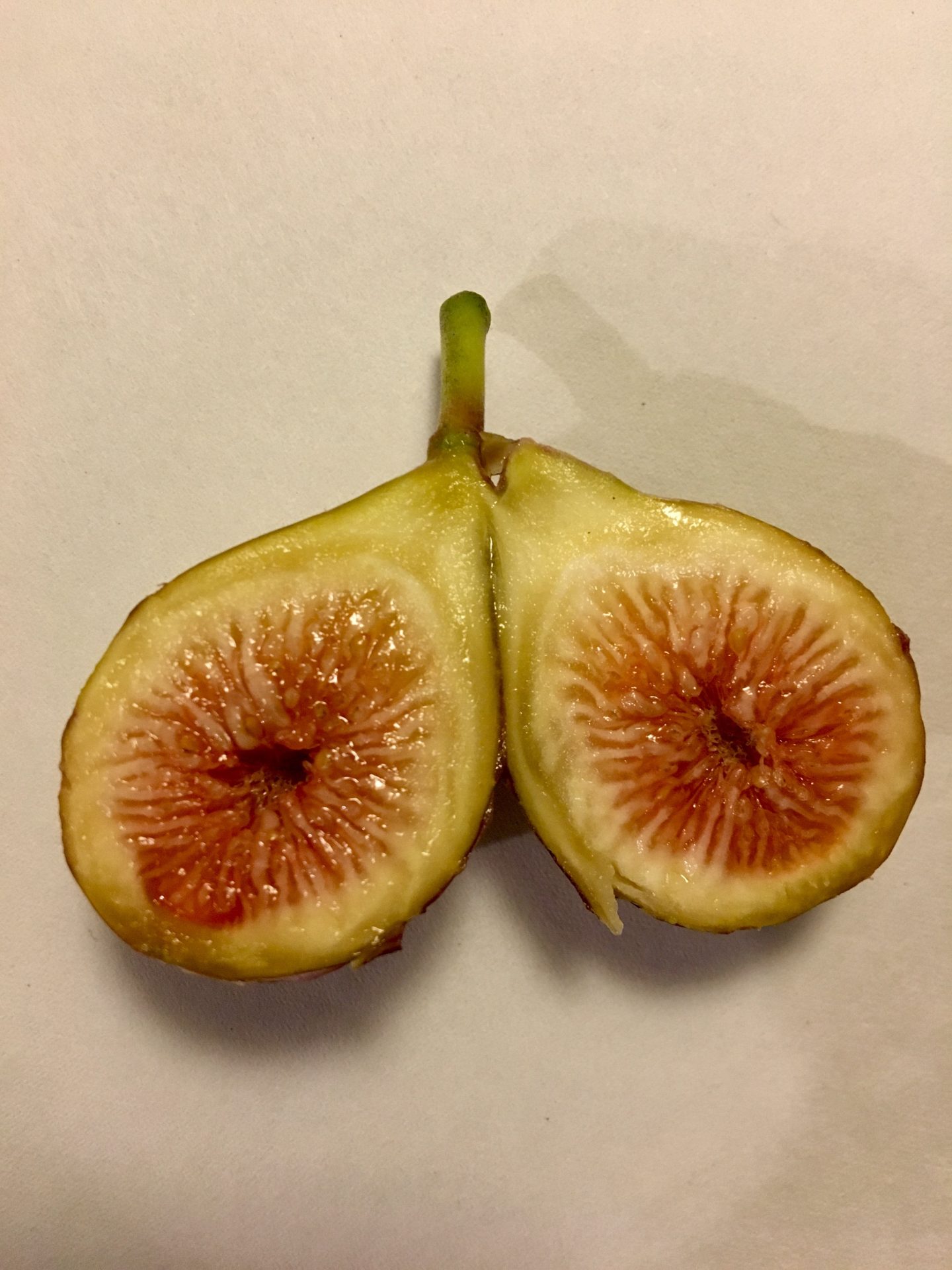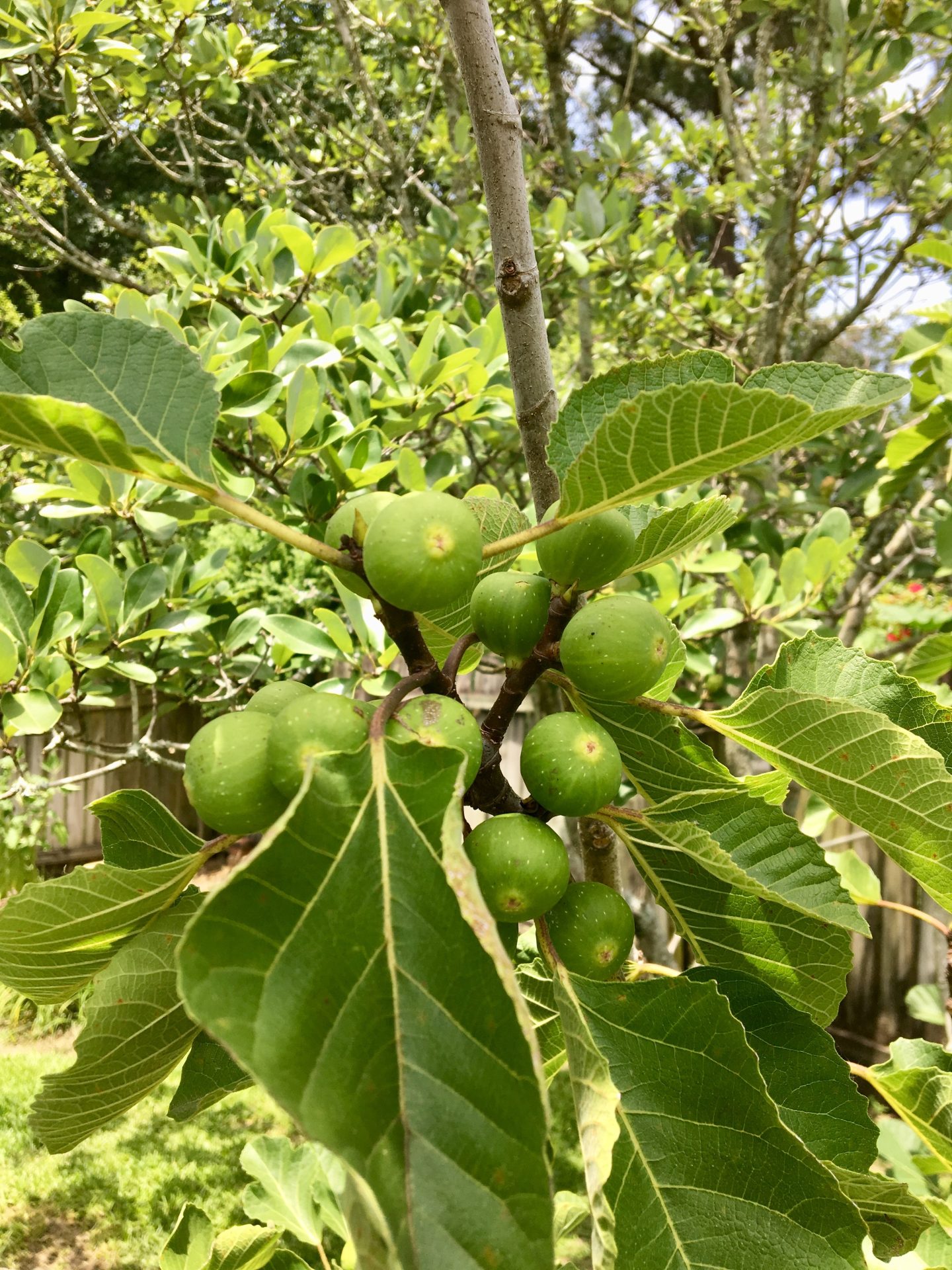
Keep Louisiana Beautiful’s Clean Biz Partnership is Now Over 640 Businesses Strong
July 20, 2024
‘Real Preparedness for Real People’ event at North Terrebonne Library
July 21, 2024By Heather Kirk-Ballard, LSU AgCenter Horticulturist
July in Louisiana marks many celebrations, one of which is fig harvest season. Figs (Ficus carica), native to the Middle East and western Asia, have become naturalized in North America and are widely planted in Louisiana home gardens due to their ease of cultivation and nutritional value. With minimal effort, some yard space and plenty of sunshine, anyone can grow trees that produce figs every July.
Figs are among the earliest cultivated fruit trees, known for their medicinal properties and nutritional content, which includes potassium, iron and fiber. They are a key ingredient in Fig Newtons and fig preserves. The trees are deciduous, typically growing 10 to 30 feet tall, with branches spreading wider than their height. They thrive in hot, dry climates with ample sunlight.
Botanically, figs are syconia, portions of the stem that form sacs containing internal flowers and seeds. Most common figs contain only female flowers and do not require pollination. However, some fig trees have coevolved with fig wasps for pollination. Additionally, fig trees produce a milky sap that can cause skin irritation, so caution is advised during pruning.

The fruit of a fig is composed of both flowers and seeds. Photo by Heather Kirk-Ballard/LSU AgCenter
Fig trees have shallow roots and require consistent watering, especially in their first year. Use a soaker hose or trickling garden hose for 20 to 30 minutes during dry periods. Mature trees may need a sprinkler for 30 to 45 minutes every five to seven days during droughts. Mulching with leaves, pine straw or bark helps retain soil moisture.
The best time to plant fig trees is from fall to early spring. Ensure they have enough space to grow, as they can reach more than 15 feet in height and width. Figs need at least six hours of full sun to produce fruit, which typically appears on new growth in spring and early summer. Trees usually start producing good crops in their third or fourth year, though the LSU Purple variety can produce small crops within one to two years.
Pruning, done by late February to early March, helps maintain tree vigor and shape. Moderate pruning annually is sufficient, though heavy pruning may reduce fruit production the following summer. Figs rarely need pesticide spraying, but copper-based fungicides can manage thread blight and fig rust. Light horticultural oil can control mealybugs, and removing dead limbs addresses rot issues. Birds may also be a challenge.
Popular fig varieties in Louisiana include Celeste, known for its resistance to fruit splitting and souring, and Florentine, which can produce twice a year. The LSU AgCenter has released several varieties, such as LSU Purple, LSU Gold, O’Rourke, Champagne and Tiger, each with unique qualities and disease resistance.

Green fig clusters form on new growth from spring and early summer. Photo by Heather Kirk-Ballard/LSU AgCenter
Growing figs in Louisiana is a rewarding endeavor, offering an annual harvest of nutritious and versatile fruit. With their ease of cultivation, figs thrive in the region’s hot, sunny climate, requiring minimal care beyond consistent watering and occasional pruning. Whether enjoyed fresh, preserved or in recipes, figs add value to any home garden. With a variety of disease-resistant and productive cultivars available, Louisiana gardeners can look forward to bountiful fig harvests for years to come.




